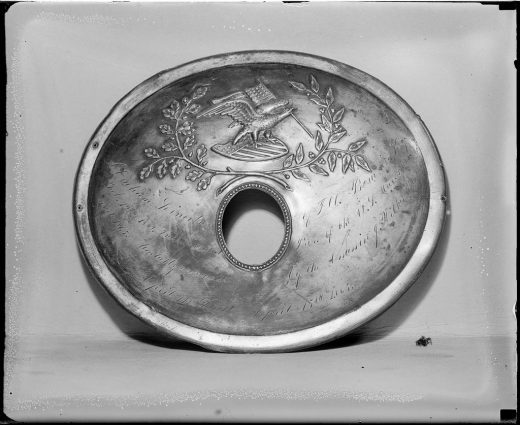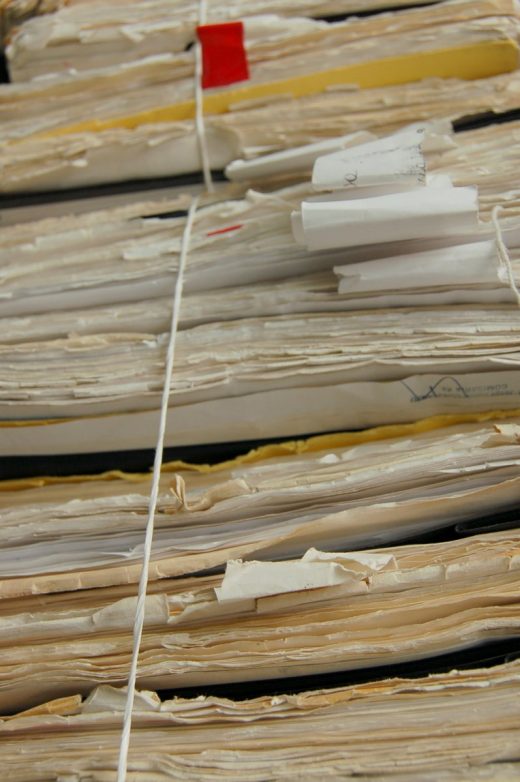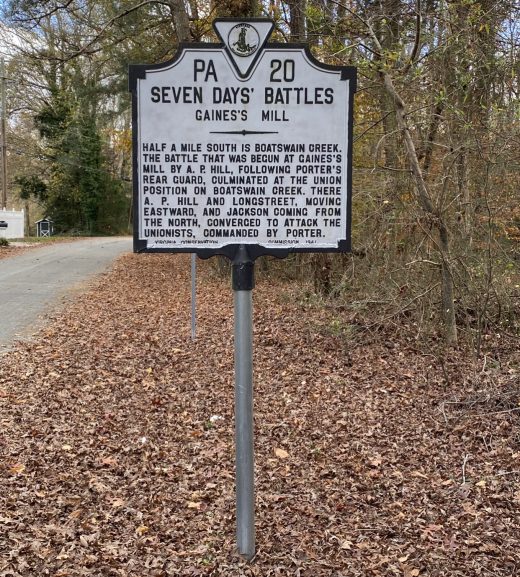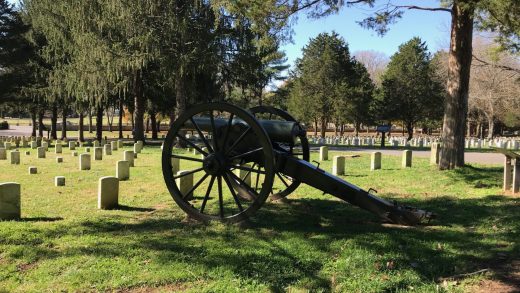Do You have this Family History Treasure?
Recently I had a reader ask about a metal plate that had been passed down through her family. It was approximately 4 inches x 5 inches with her Civil War ancestor’s name, rank, and date of death. She wondered if the US government provided these plaques upon a soldier’s death. My reader was fortunate enough to have a Coffin Plate. Popular in the US during the 1800s coffin plates were purchased by the deceased’s family. These plates were made by a local blacksmith or silversmith. The type of material used included lead, tin, pewter, silver, brass, or copper. How decorative or intricate the design on the plate depended on what the family could afford. Most metal plates were engraved with the details of the deceased – name, age, and date of death. Originally the plate was nailed to the coffin and lid and remained there on burial but by mid-19th century the plaque was propped up on the lid of the coffin, or families would set the plate on a nearby table with a photo of the deceased. In this way the family could keep the coffin plate as a memento to remember their loved one. By mid-19th century coffin […]








